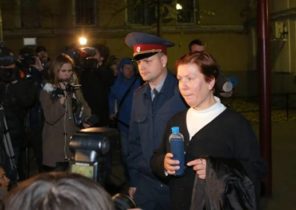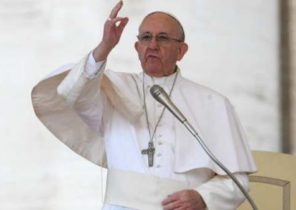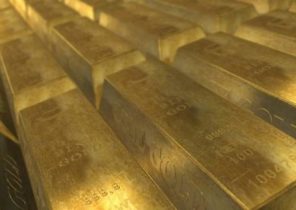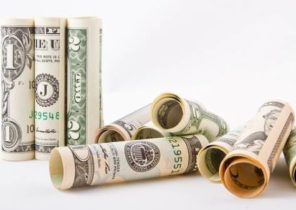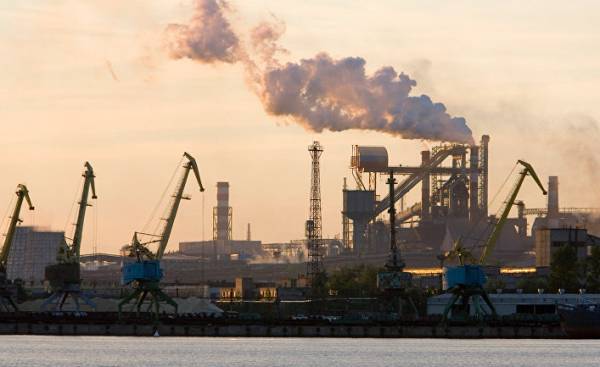
According to the Director of the Union of business life of Finland (trade Union of Finland) Petri Vuorio (Petri Vuorio), in matters of trade, Lapland is necessary to pay attention not only in Russia, but in Northern Norway.
The change in trade relations between Finland and Russia will best be seen in Lapland in the revival of exports and increase the flow of tourists. The Consulate General of Finland in St.-Petersburg in the beginning of the year were issued two times more visas than the same period last year.
According to the Director of the Union of business life Petri Vuorio, this recovery was especially facilitated by the strengthening of the ruble that occurred during the year. This immediately affected the purchasing power of Russian tourists. The ruble has appreciated by 30%.
“This means that if a Russian tourist used to spend 100 currency units for accommodation at the hotel, he now spends only 70,” says Vuorio.
The strengthening of the ruble, in his opinion, caused by rising oil prices. The ruble and the oil price are closely linked. In Russia, investments were made, which supported the ruble. Due to economic development, the purchasing power of Russian consumers now corresponds to the level of 2010. Direction, according to Vuorio, the right, but to the best years in export development and tourism is still far.
“Lapland should pay attention to the Russian tourists. Successful marketing activities in Asia brings the region’s benefits.”
Within three years, the rate of Finnish-Russian trade fell. In the past year, we have seen cautious growth. Assessment Vuorio, the value of exports in the first quarter indicate an increase of exports by about a third. The main reason for this growth is the strengthening of the ruble and the low level reference point: the volume of exports to Russia in the beginning of last year was at the lowest level in the last ten years.
The intersection of interests in the mining industry
Murmansk oblast in Russia lives at the expense of the mining industry. It is the most rapidly growing sector of industrial production in Russia. In the mining industry heading investment after a break of several years, as prices for fossil fuels begins to rise. This, according to Vuorio, could be of interest to firms in Lapland. In Murmansk region there are such famous companies as the second largest mining and steel mill in Russia, Severstal and mining and metallurgical company “Norilsk Nickel”.
“We can offer the most advanced technology for mining production. It makes sense to use,” says Vuorio.
In his words, the Russian tourism and Russian exports show double growth. But this period can last for long, since a longer growth would require modernization of the Russian economy.
“The country is now pondering how it would be possible to modernize the economy after the presidential election of 2018”.
President Vladimir Putin has offered two ways of modernization of the economy. The first of these was the program’s former Finance Minister Alexei Kudrin, which is based on the investment in the economy. According to Vuorio, this program would fit perfectly for Finnish companies as Finland’s exports to Russia equipment, machinery and products.
The second proposal is based on a strong state economic program, which introduced the so-called Stolypin club. It would mean a more closed economy.
“Most likely, Russia will make a decision that will be different from these programs,” — says Vuorio.
In this case, the country can be conducted only with the most urgent reforms — such as increasing the retirement age.
Preference of domestic products
The number of tourists from Russia a few years ago fell sharply. This decline was due to the collapse of the ruble. Anti-Russian EU sanctions and retaliatory sanctions Russia has hit particularly hard in the food industry. In other areas, the most serious blow was the decline in the purchasing power of Russians.
“In Finnish exports was mostly influenced by the decreasing purchasing power of Russians, expensive Finance and support its own production,” — says Vuorio.
Support of own production is manifested in Russia, in particular, the import substitution program.
The construction of the Kola shipyards in Murmansk is a multi-million dollar project. The Wharf offers many opportunities for the application of Finnish technologies. Long-term modernization of the hundreds of thermal and water treatment plants in North-West Russia can be a goldmine for technology exports from Lapland.
According to Vuorio, in the field of trade relations of Lapland is to look not only at Russia, but also in Northern Norway. Norway is the largest export market of Sweden. Vuorio ponders whether use of the opportunities Norway, following in the Wake of Sweden or collaborating with her.
“Technology companies are often easier to carry out international cooperation with neighbouring regions. Northern Norway is an interesting challenge.”

